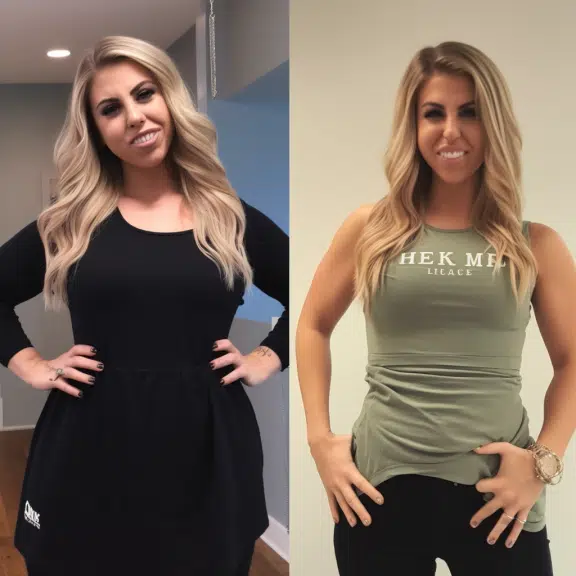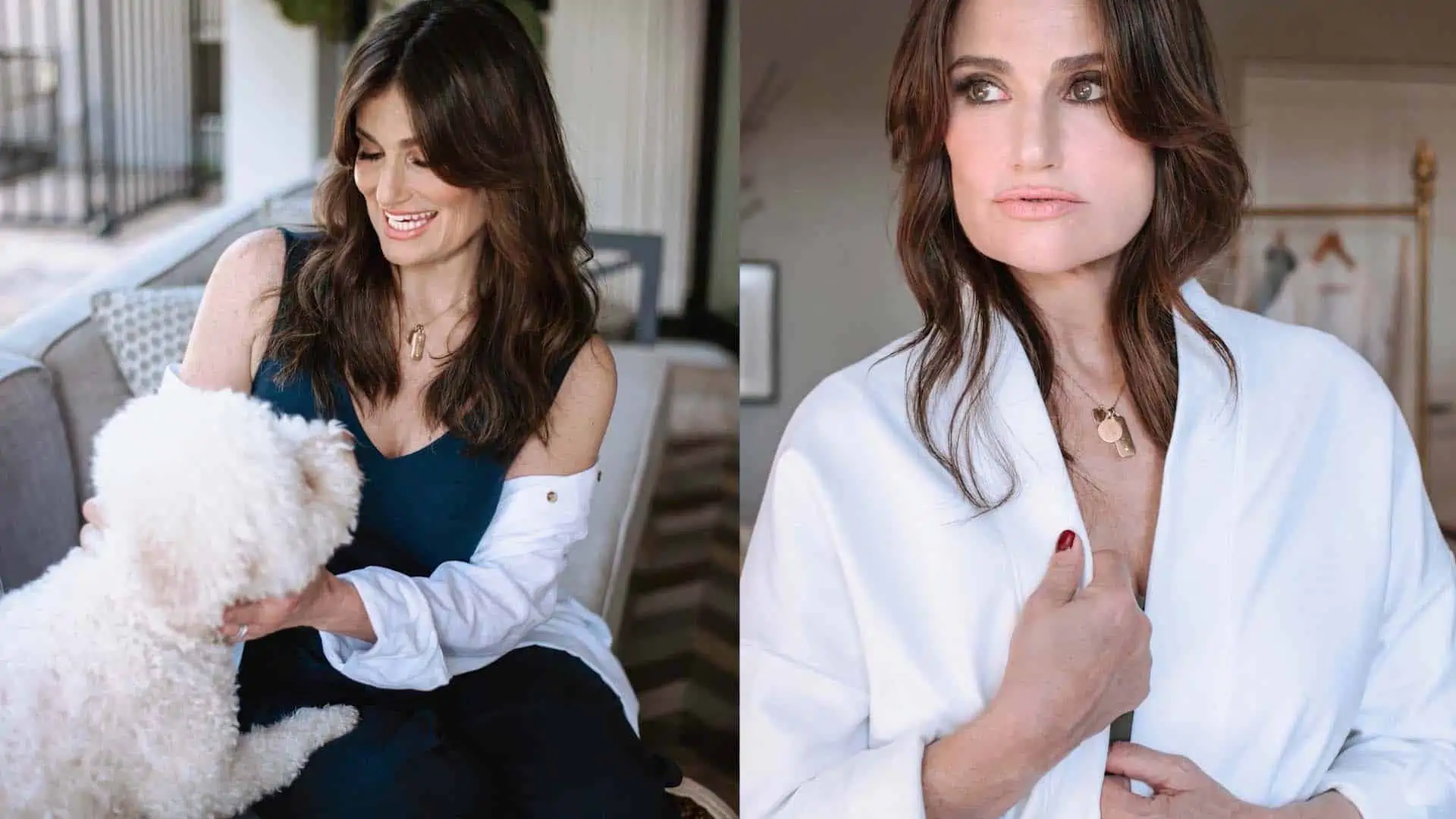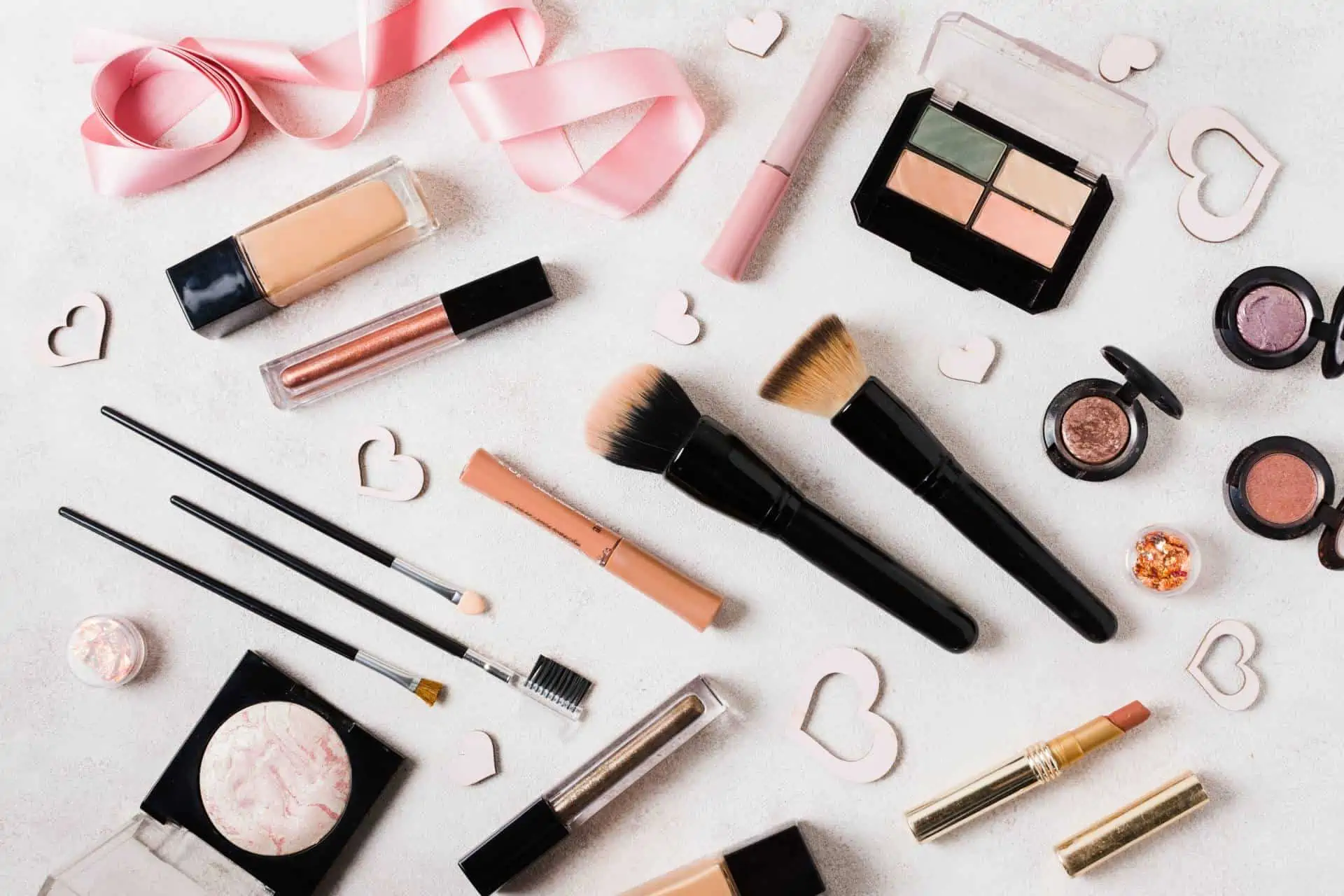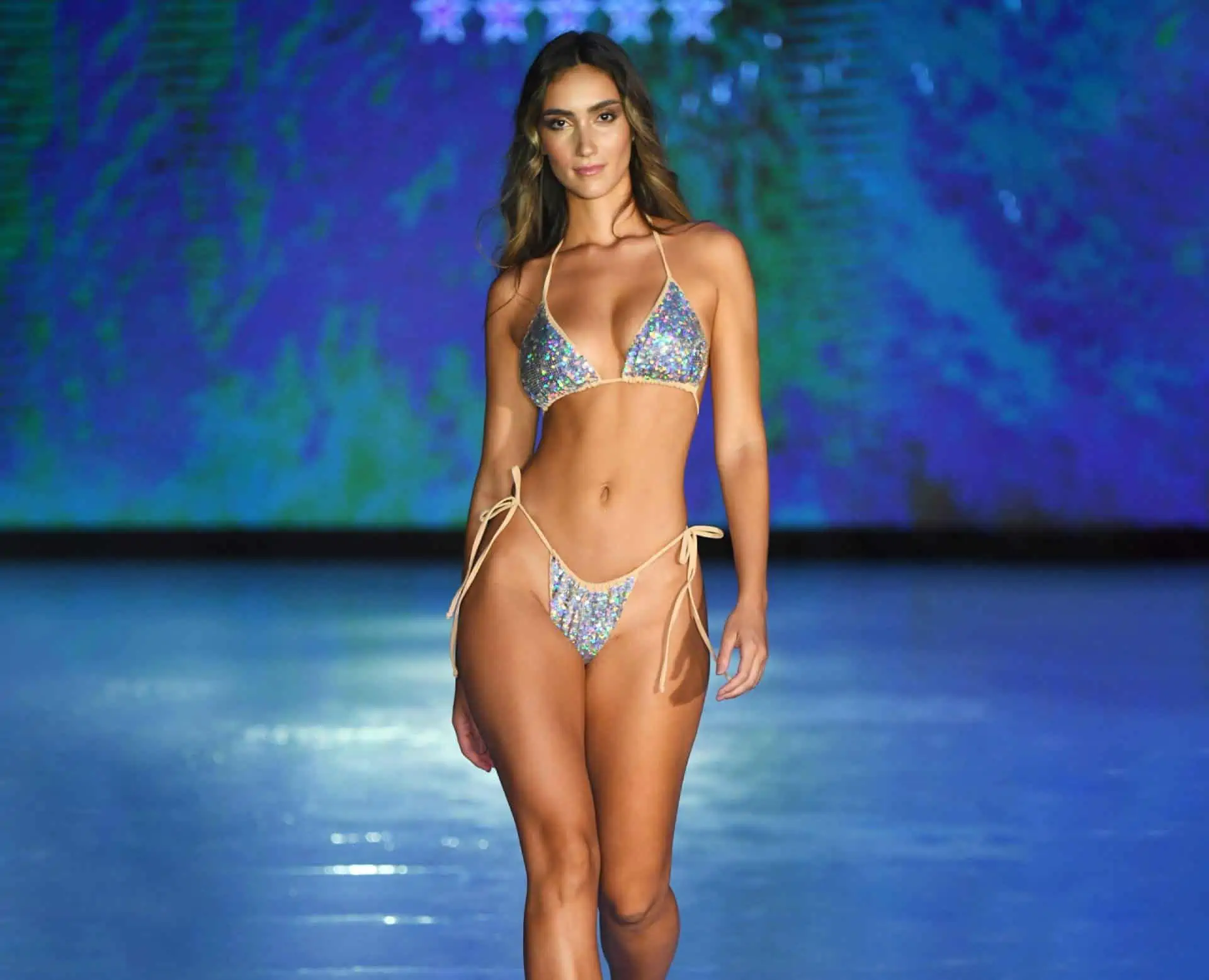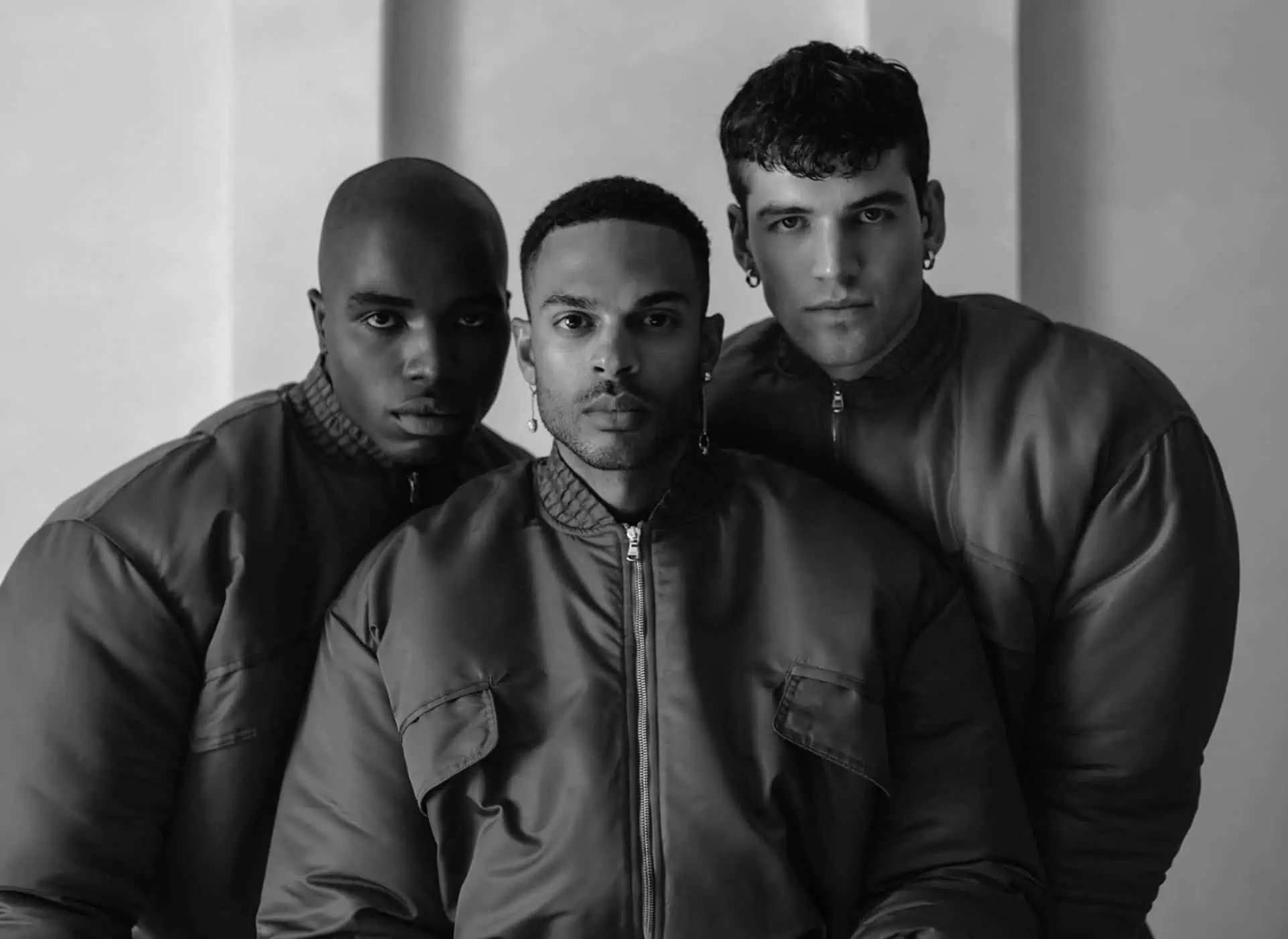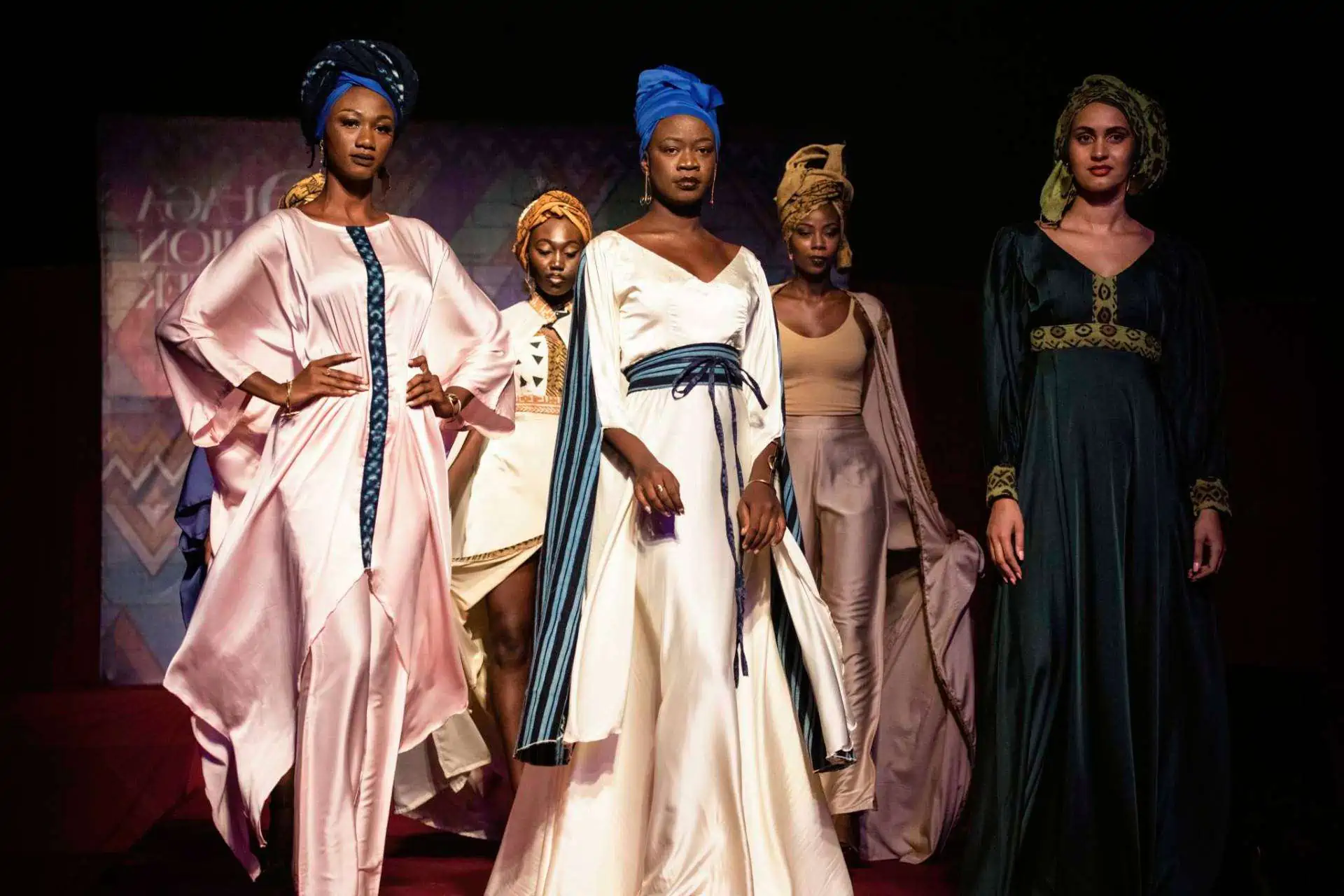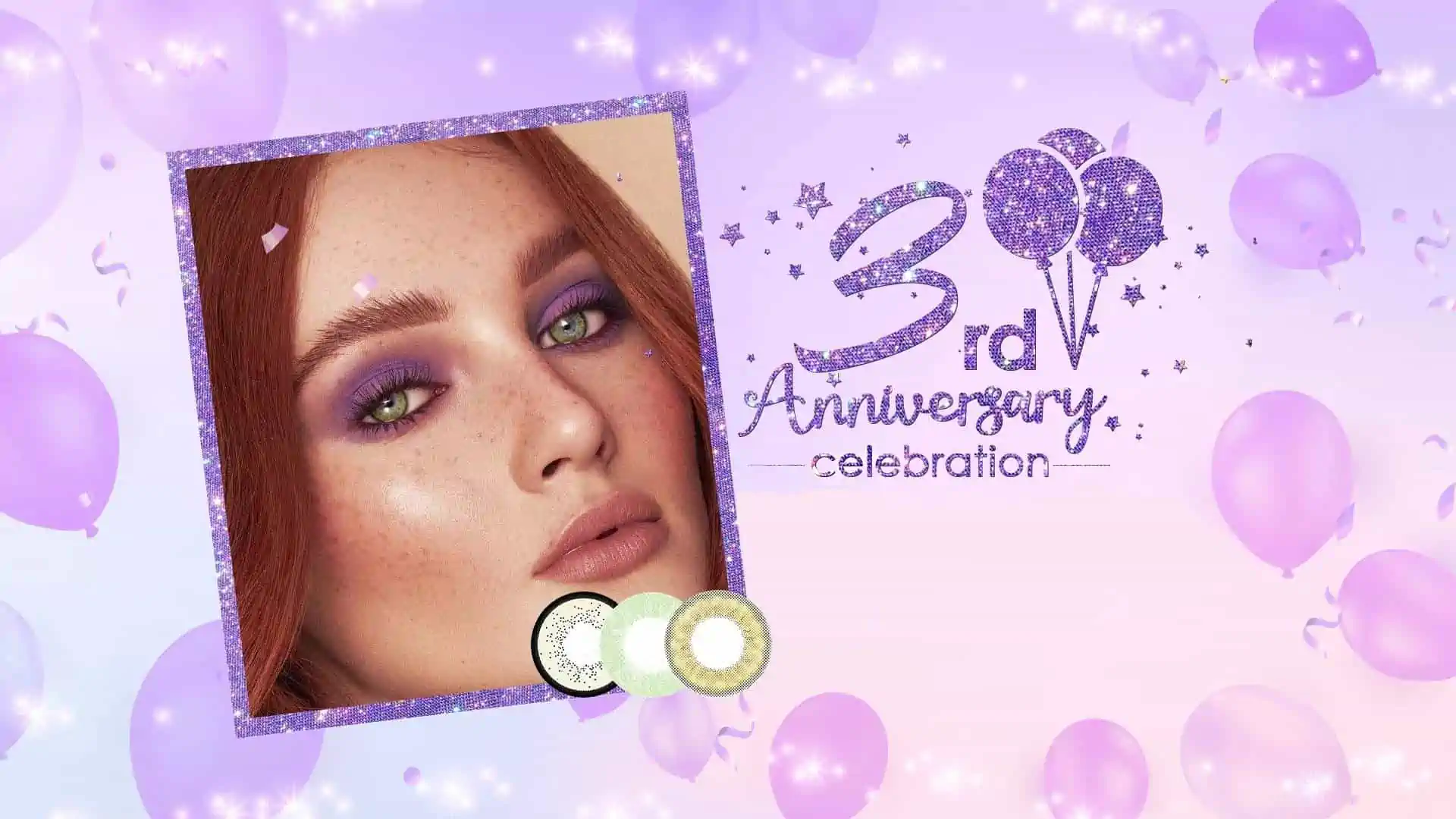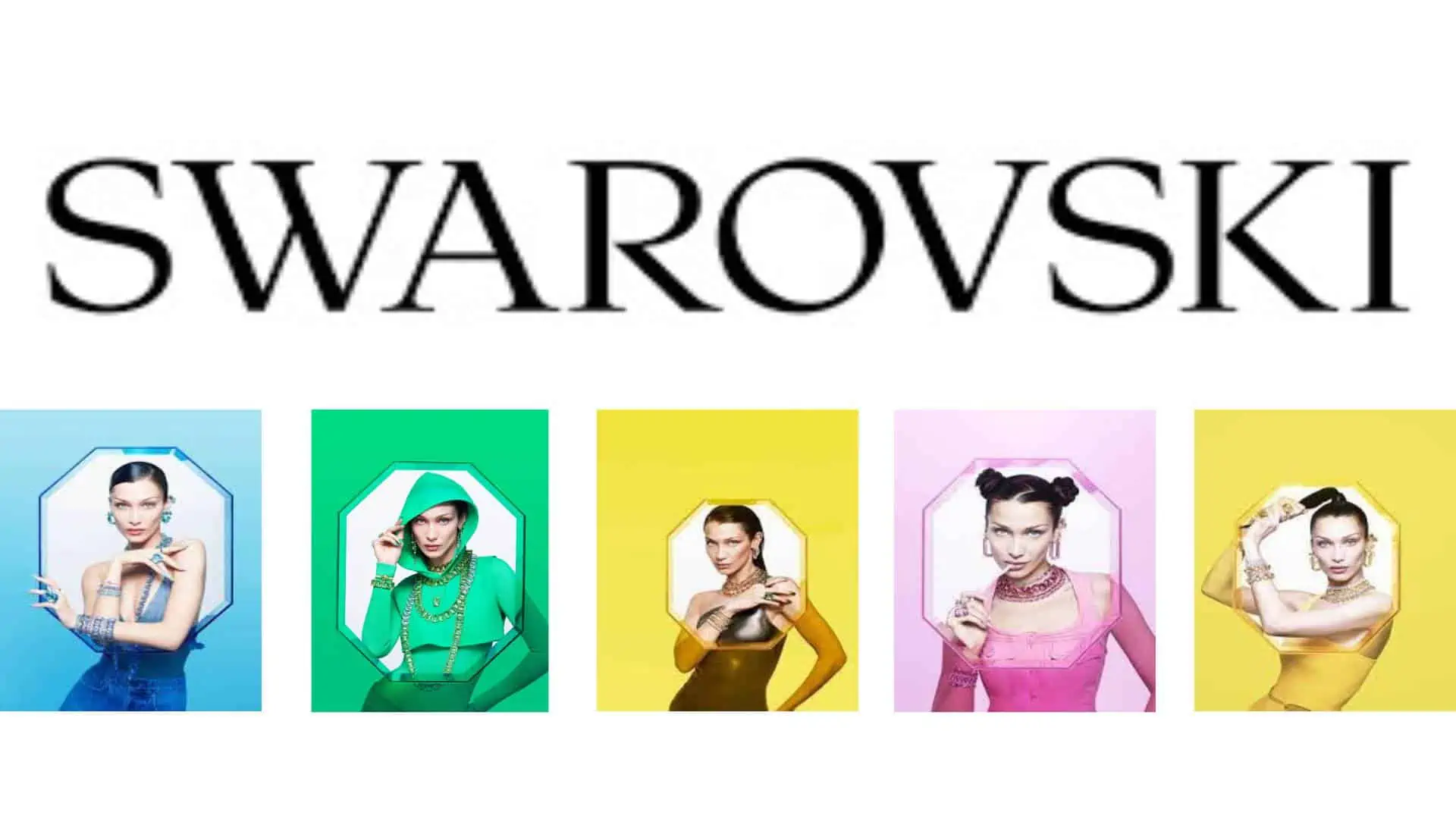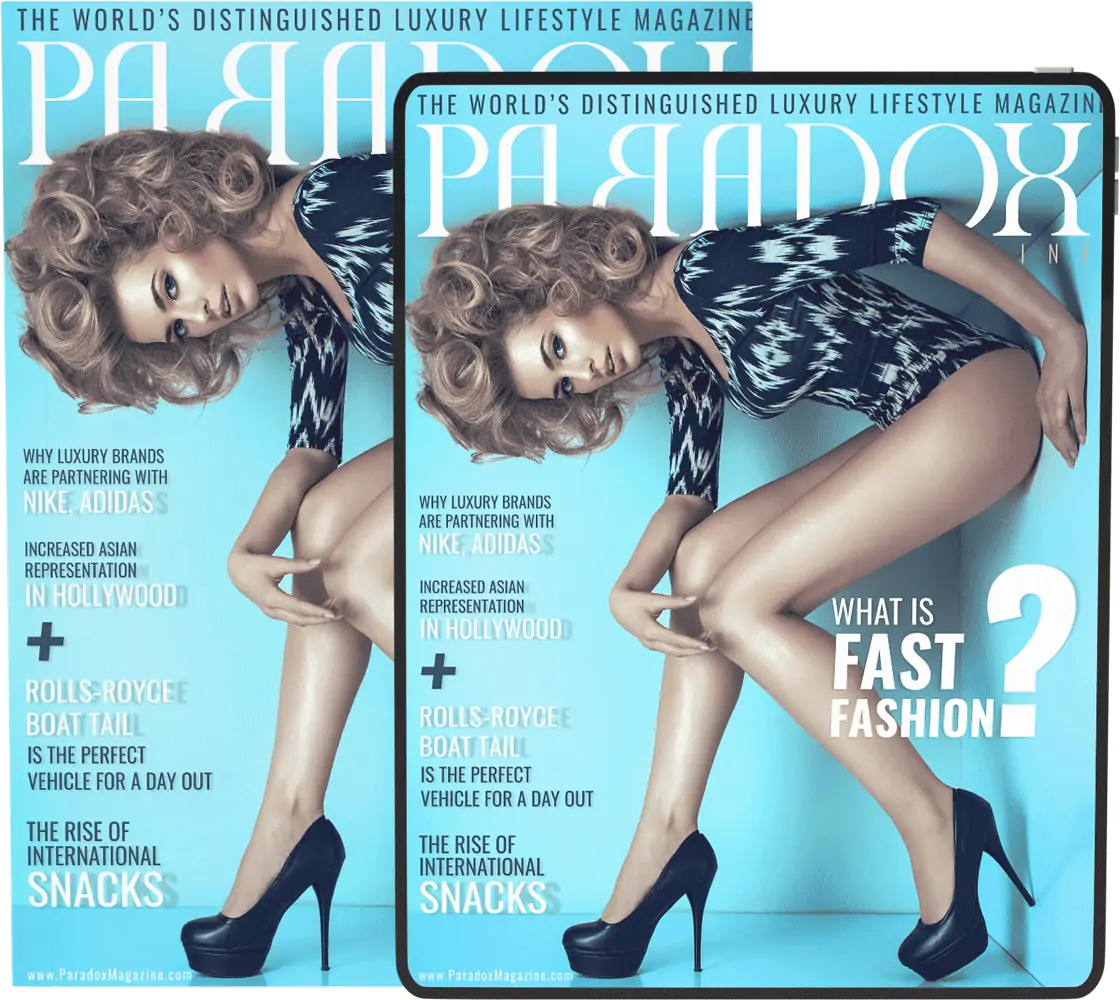More people are using themes of nature to decorate their homes and bodies, from tattoos to clothing to furniture to clothing to fabrics. Artists and designers who observe this “biophilia” trend believe it is a response to the pandemic as well as anxiety about environmental destruction.
“Our collective yearning to find solace in nature, particularly during the pandemic has led us to a fixation upon all things earthy. It’s popping up all over the design spaces,” Veronique Hyland (Elle magazine’s fashion features director, and author of “Dress Code”, an essay collection (Harper Collins March 2022).
She says that the trend “goes hand-in-hand with our growing awareness about sustainable development.”
Edward O. Wilson, a biologist, coined the term “biophilia” in 1980 to describe the human connection to the natural world.
Hyland says that the outdoor has become a luxury. Fewer people have access to them or are able to spend time in them. People are now carrying nature with them, whether it’s a bracelet made of beach glass, leather jackets made of mushroom fiber or a tattoo of the dad’s favorite flower.

BODY ART
Stephanie Cecchini of Lady Luck Studio, Goshen, New York, says, “I’ve certainly seen an uptick in people wanting nature-themed tattoos.” I believe it’s because people are more thoughtful about their tattoos and use nature’s representations to reflect their lives. Clients are choosing custom tattoos over flash art.
Cecchini also inked orchids, sunflowers, and thistles.
Jillian Slavin, New Paltz, New York loves trees, especially the white oak that is near her childhood home. She sent Patricia Mazzata, Hudson River Tattoo, a watercolor painting of the tree she had drawn when she decided to get her first tattoo. Mazzella created a flowing, artistic image that Slavin loved so much, that she inked it largely on her back.
She says, “I can’t imagine it any larger or in any other location.”
Stacy Billman, a Savoy, Illinois florist, was a college student. She wore a nine-month-long tattoo sleeve with flowers on her arm during the pandemic. The ranunculus was her first choice, but she added waxflower, peonies, and orchid to it.
She ended her speech with a sunflower on her wrist and the words “No rain, No flowers.” She says that the phrase represents her personal growth during this pandemic.
She says, “I can’t control rain, but it is my choice how I respond to it.” “What world is complete without flowers?”

CLOTHING
Hyland, the editor of Elle, says that while nature’s intrusions into fashion were once less literal (think botanical prints), designers are now incorporating more elements of the natural world into their designs. This includes using more natural materials.
Private Policy’s Fall 2022 collection was inspired by “Fantastic Fungi,” a Netflix documentary that Hyland said showed fungi’s mysterious and deep connection to the forest. Their new line is dedicated to mycelium, a mushroom-based alternative for leather. Keychains were made with the experimental foam of dehydrated mushrooms.
Hyland says that mushrooms have been a major trend in recent seasons and even made it into luxury fashion. Stella McCartney presented a Paris-inspired show last season that featured a bag made from Mylo mushroom leather. Last year, Hermes collaborated with Mycoworks in order to produce sustainable mushroom leather.
Sarah Burton, a New Yorker, staged an Alexander McQueen Show amid wood chips. She also celebrated mycelium. Although she did not use the material, she stated that she is still trying to figure out how it works. She also used fungi-inspired touches in some of her looks.
Vogue magazine reported on T-shirts and dresses featuring mushroom motifs worn by celebrities.
Hyland says Hood was designed by Shayne Oliver, an Air designer. He worked with Pat McGrath as a makeup artist to transform the runway models into “human bouquets.” They used 3-D floral makeup and eyelashes that look pollen-covered to make them look like they were wearing it.
Olivia Cheng, a New York-based label Dauphinette used gilded ginkgo leaves, dried rosebuds, and even ethically sourced Beetle wings to embellish her show.

JEWELRY & ACCESSORIES
After being inspired by nature, Catherine Weitzman, a designer, opened her first studio in San Francisco and is now based in Hawaii.
She says that “found objects and recycled metals are a major part of my jewelry-making process.”
Necklaces made from tiny alpine flowers, captured in glass, earrings of fan coral in gold vermeil and recycled silver, as well as pendants made from ferns taken from the forest floor.
Weitzman believes biophilia has become a fad because it promotes happiness, productivity, and creativity.
Redbubble.com offers work from independent artists and scarves featuring imagery such as lapping waves, geese flying, pheasant plums, and dappled sun in the woods. French luxury linens purveyor Yves DeLorme claims its new collection is inspired by dreams of nature. There are jewelry bags and tapestry cosmetics that depict tropical plants, lemurs, and autumn forests.

HOMES
There are many options for decorating: flower motifs, tiles that look like minerals or wood slabs, furniture that claims it was made from a piece of rock or tree, wallpapers depicting storm clouds or sunbeams, and soft goods that include renderings of celestial bodies and stars.
Rachel Magana is the senior visual designer at Finish, a West Coast furniture subscription service. She says that when they post photos of greenery-filled rooms (such as “plant walls”) in homes, their website engagement goes up.
She says that COVID was a time when biophilia became more deeply ingrained. This is because more people started to be ‘plant parents’ and discovered a new appreciation for creating a peaceful refuge in their homes. Biophilia is an integral part of my job as a designer and in the company that focuses on creating warm homes, so it’s a big part of everything I do, from every photoshoot to every ad.
Sire Design, a Miami-based company, says that clients want homes that offer a sense of calm. With all the chaos in the world, the home should provide a refuge. She says that being at home has driven the trend to connect with nature through design.
Jimenez uses “green tones” such as olive, seafoam, and hunter when designing large furniture or wall colors. I love the addition of aged wood. It adds character and evokes warmth.
Sarah Jefferys is a New York-based designer who uses large windows and glass sliding doors to open up interiors to the outside. She says that nature, light, smells, and fresh air seamlessly becomes part of the interior space.
She says that biophilia can improve the quality of life. After the pandemic lockdowns, it was crucial that we embrace our connection to the natural world and the environment in our homes.




